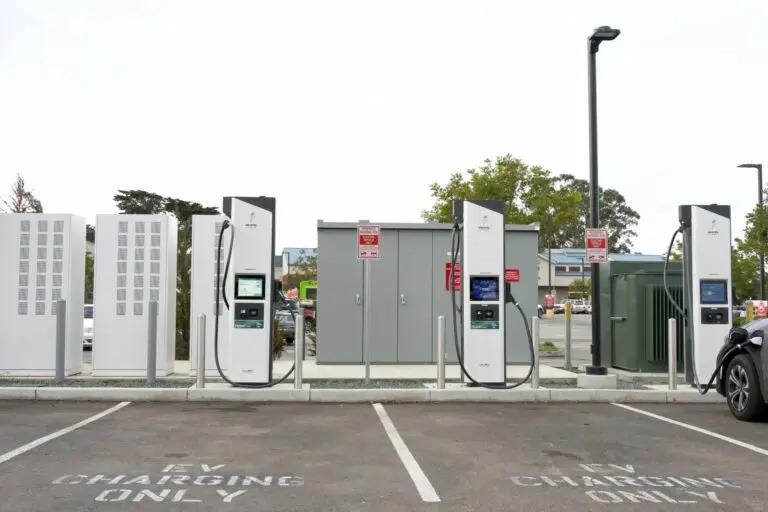In the second quarter of 2025, Tesla saw several of its financial indicators fall: sales down 12%, net profit down 16% and free cash flow in freefall… While the company remains financially solid, it is facing increasingly fierce competition, particularly in Europe and Asia, but above all it is confronted with the loss of momentum of its flagship models. The first six months of the year confirm the trend: overall deliveries are down 13% on 2024…

Figures down, solidity preserved
Over the last three months (April to June), Tesla posted sales of $22.5 billion, down 12% on the second quarter of 2024. Net profit, meanwhile, followed the same downward slope, falling by 16% to $1.17 billion. The operating margin fell to 4.1%, compared with over 6% a year earlier.
More worryingly, free cash flow plunged 89% in one year, to just $146 million. This means that, despite its significant sales and investments, the company is creating little new cash over this period. However, with almost $37 billion in available cash, Tesla has a solid financial reserve to see it through this difficult phase. This kitty enables it to continue investing and operating without any immediate constraints, even if the results for a given period are poor…
Deliveries down, model in question
Tesla delivered 384,122 vehicles in the second quarter, around 14% more than in the first quarter, but down 13% on the same period in 2024. Models 3 and Y still account for the overwhelming majority of sales (almost 95%), reflecting the lack of diversity in the range at a time when the competition is stepping up the number of vehicle launches.

Over the first half of the year as a whole, Tesla sold 720,803 vehicles, compared with 830,766 over the same period last year. This represents a fall of 13.2% over one year, which is having a serious impact, particularly in Europe, where registrations are plummeting in the face of the meteoric rise of Asian rivals such as BYD. Market share is eroding, particularly in France, where deliveries were down by almost 40% in the second quarter compared with the same period last year… The slowdown in sales may also be explained by a price war unleashed by Tesla itself, which is squeezing its margins to stimulate demand.
In addition, revenues from carbon credits were halved in one year (from $890 million to $439 million), which must have had a major impact on their cash flow (or free cash flow).
An accepted but risky transition
Faced with these results, Elon Musk speaks of a « transition period », assuming several difficult quarters before a rebound expected in the second half of 2026. The stakes are high: Tesla will have to stabilise its deliveries, preserve its cash flow, and successfully make the shift to more varied models, while defending its technological leadership in a market that has become ultra-competitive.
In concrete terms, even though Tesla will need to return to more robust results in the medium term to ensure its growth and preserve its cash position, the company has a piggy bank that is colossal enough to afford this kind of slippage. However, this trend must be reversed in the long term, or risk seeing the American company’s reserves melt away.












